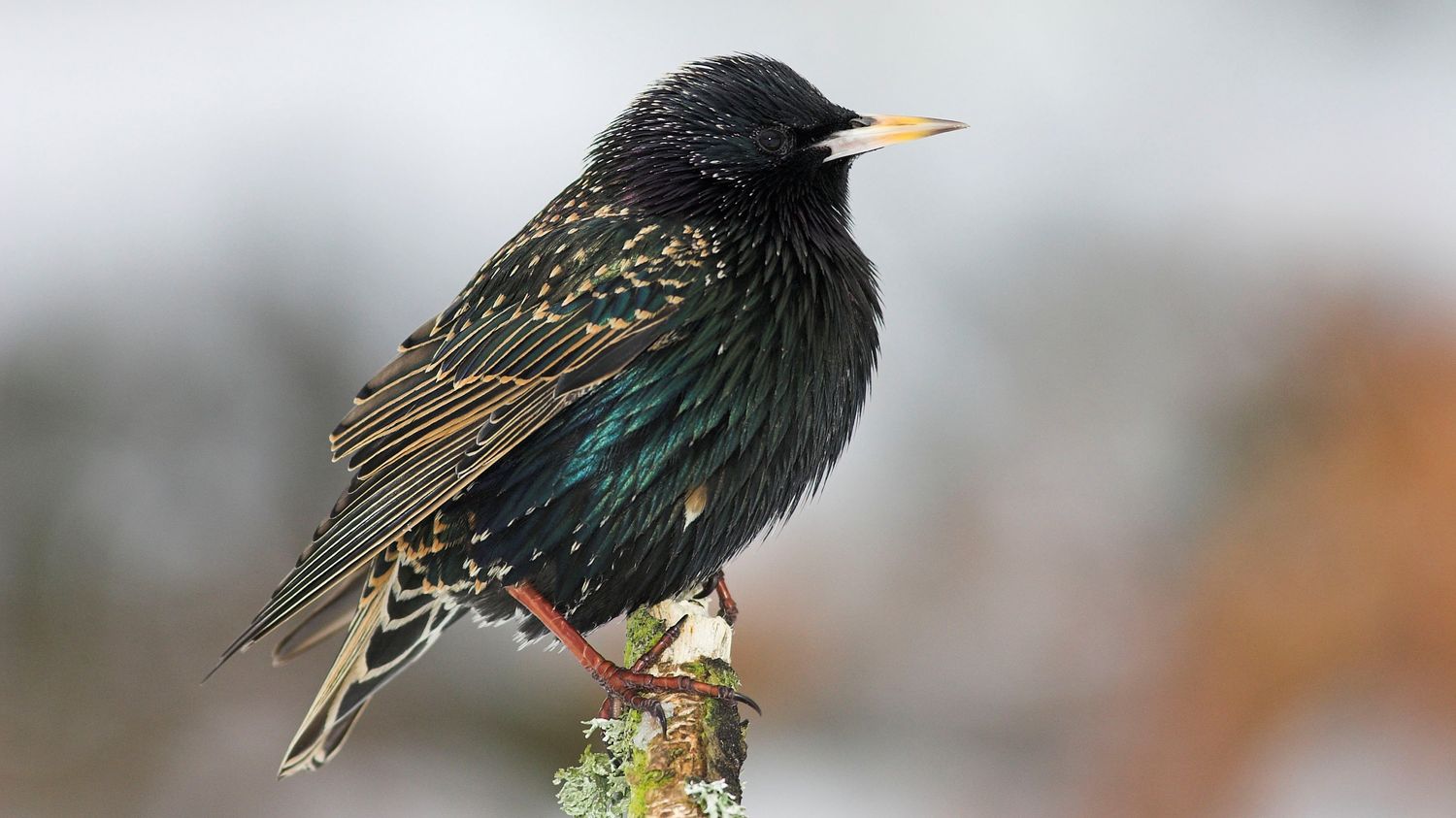A team of scientists has just solved this enigma. Birds manage to maintain their balance once asleep thanks to a perfect distribution of forces on the skeleton and tendons. This position does not require any energy expenditure.
Until now, research had focused on the flight of birds, but little on their way of resting. This time it’s done, a study published Wednesday November 15 by There Royal Society finally teaches us why birds, unlike humans, manage to sleep standing up.
What we have in common with the 10,000 species of birds on earth is that we are bipeds. But if for them, sleeping upright, or even on one leg, is natural, for us humans, a vertical nap is not an option. We need, at the very least, to sit down and rest.
>> Biodiversity: the number of birds has decreased by 25% in nearly 40 years in Europe because of intensive agriculture, according to a study
A team led by Anick Abourachid, professor at the Natural History Museum of Paris, has been working on this mystery for three years, and the enigma has just been solved. Birds can sleep standing up, because they actually have their legs bent under their feathers. By a perfect distribution of forces on the skeleton and tendons, a bird does not need any muscular effort, nor any energy expenditure to balance in this way.
These scientists first studied the posture of birds using there they realized that the system was perfectly in balance. For a bird, sleeping upright relies on what is called “tensegrity”, it is the ability to maintain one’s balance through a simple play of tension and compression, but without expending any energy. Unlike us humans, who need to use our muscles to stand up.
Possible concrete applications
This opens the way to new technological applications. This discovery should help engineers to develop, for example, new bipedal robots, which can both walk and remain stationary for a long time, in a stable manner, to carry out, for example, surveillance or even new train trains. landings on legs for drones.
It is also possible to envisage simplified articulated robotic arms, operated by cables. The most interesting thing about all of this is that all of these systems will be very energy efficient.
